Running in the Maroon Bells Wilderness Area
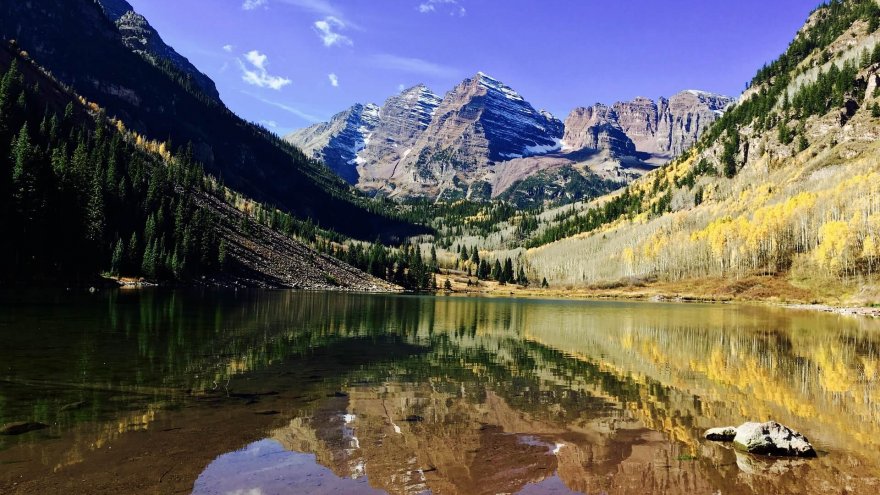
Wildflower-filled meadows, forests of aspens, and crystal clear lakes that mirror striated mountain peaks draw visitors from all over to Aspen, Colorado. The Maroon Bells-Snowmass Wilderness area offers stunning views that you just have to see for yourself. Whether you are looking for a casual trail run in the mountains or you have been training to complete the 28-mile four-pass loop, Maroon Bells have something to offer every runner.
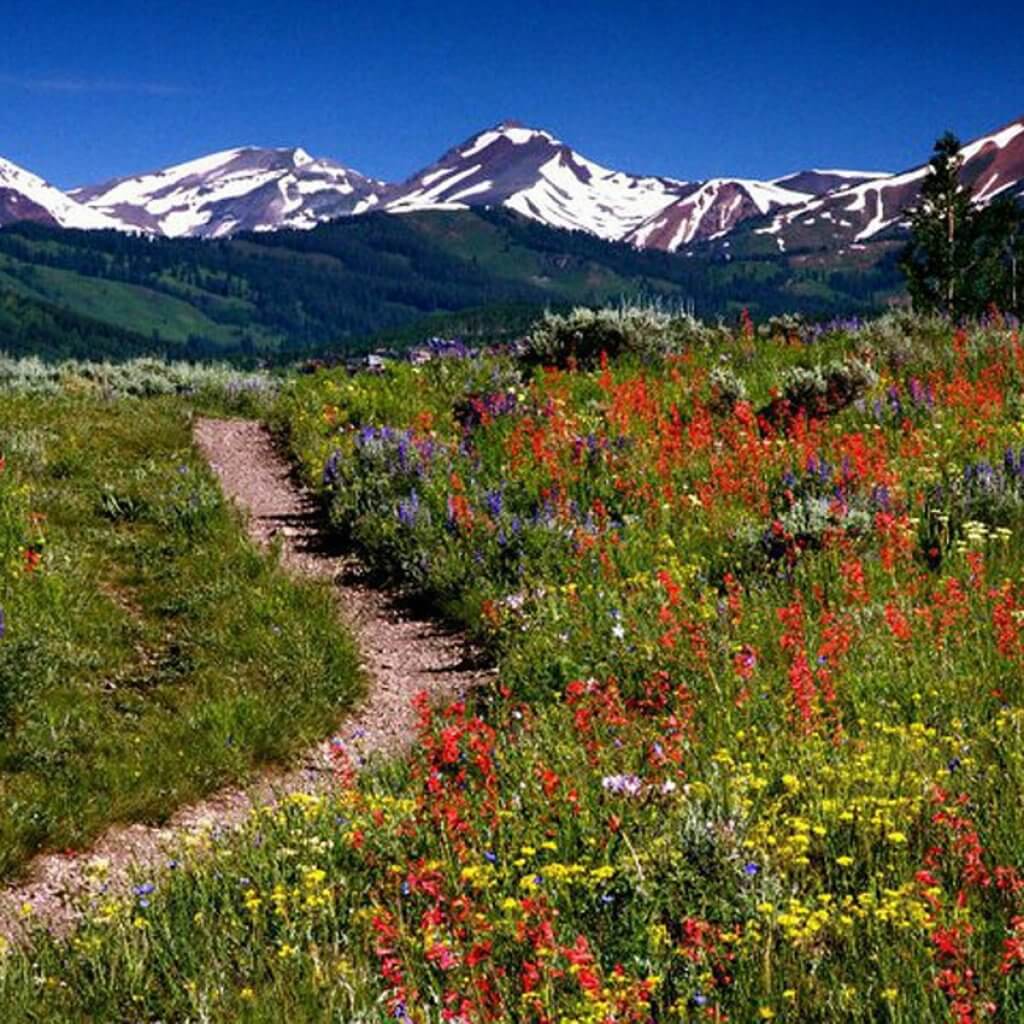
The Trails
The Maroon Bells Wilderness area offers hiking trails of varying distance and difficulty that are bound to lead you through forests of aspen trees to stunning panoramas and reflective lakes.
- Maroon Lake Scenic Trail
This easy mile-long loop leaves from the Maroon Lake parking area and takes you around the outer edge of the lake. It may not be a satisfactory run in its own right but it is a great option for an easy warm-up before hitting the steeper trails.
- Maroon Creek Trail
From the parking area, you can head east, away from the other trailheads, and follow the creek through meadows and aspen forests. This 6.4-mile out and back trail is a great way to see wildlife. The trail is not too steep but expect to navigate some rocky meadows.
- Crater Lake Trail
This 3.6 miles out and back trail takes hikers up to the scenic crater lake. The trail features some steep and rocky slopes but the swarms of families completing the route with children and dogs may give you the confidence to take it on as a run. For this very popular trail, it is advisable to head out early and avoid weekends to beat the crowds.
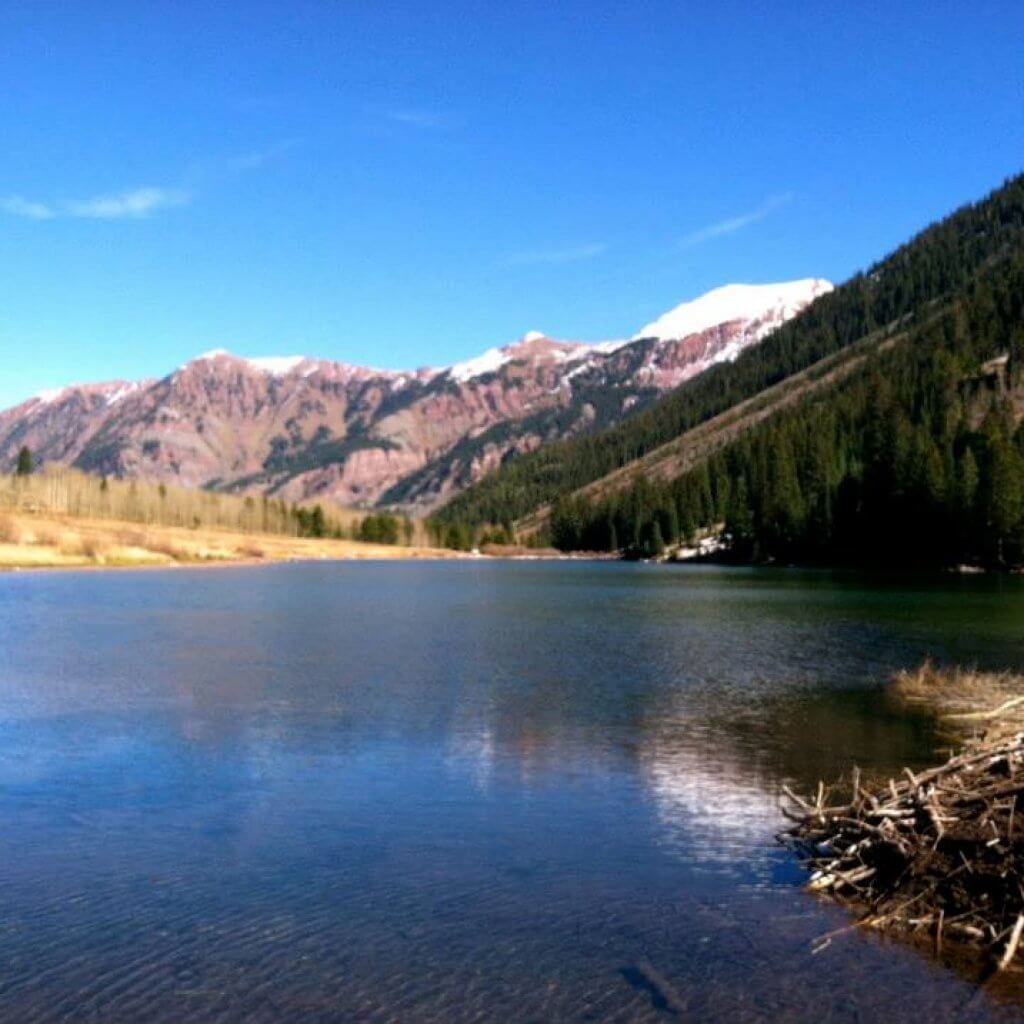
- Four-Pass Loop
Runners seeking a real challenge may take on all or part of this 28-mile loop. The loop takes you over four mountain passes, Buckskin, Trail Rider, Frigid Air and West Maroon, all over 12,000 feet in elevation.
Getting There
Parking
Parking can be competitive for these popular hikes. The Aspen Highlands parking structure offers parking for 10 dollars on weekends and 5 during the week. There is a free shuttle from Rubey Park Transit Center that picks up visitors at the overflow lot at Brush Creek Intercept to drop them off at the Aspen Highlands.
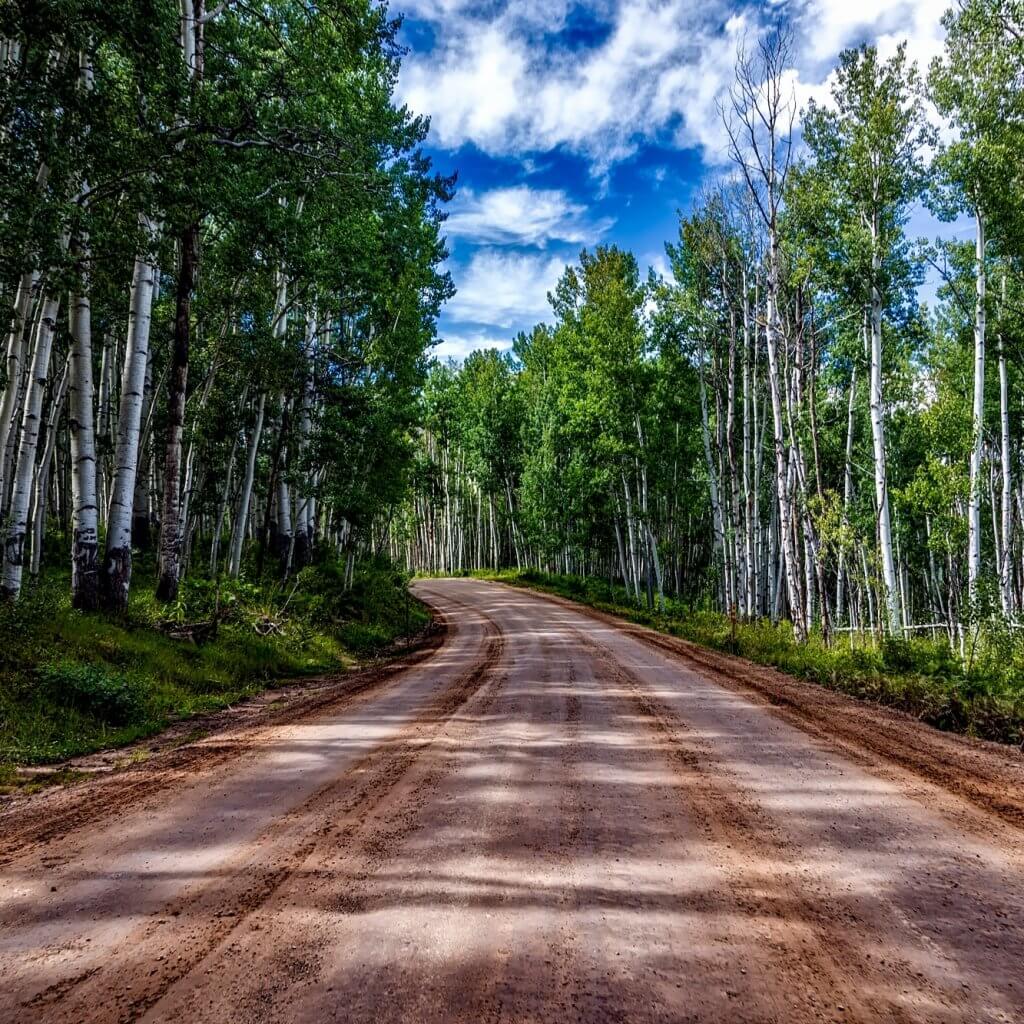
If you are arriving before 8 am or after 5 pm, you may be able to find a spot at the Maroon Lake parking area for 10 dollars a vehicle. During peak times in September, there may be additional parking and shuttle services from Buttermilk Ski area as well.
If you don’t want to deal with crowded parking lots, the Roaring Fork Transit Authority has a public bus that picks up visitors downtown Aspen and operates 8am-5pm June through early October.
When To Go
The shuttle buses to Maroon Bells run mid-June to early October. The area is sprinkled with wildflowers throughout the summer and the autumn foliage and crisp air make visiting in September and October worth fighting the fall crowds.
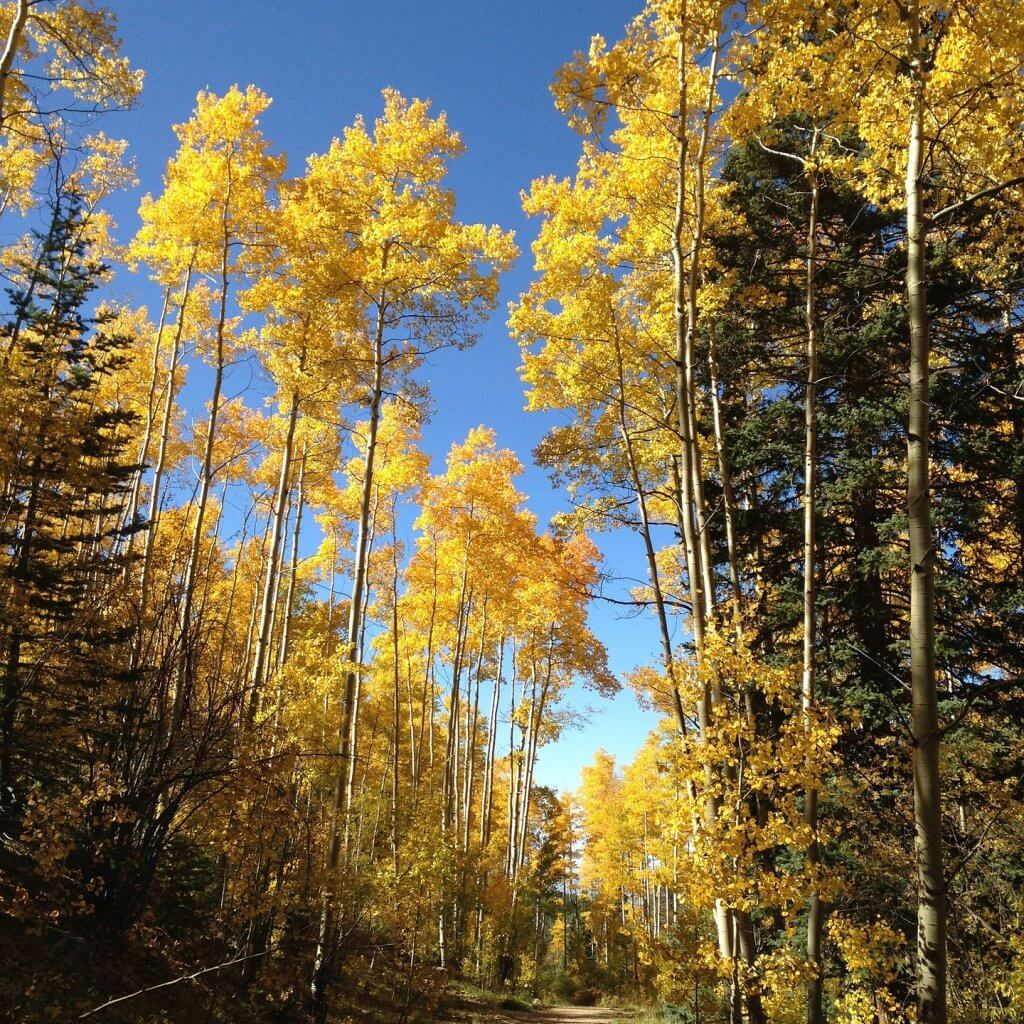
Maroon Creek Road is closed to vehicles during the cold-weather months due to ice and snow on the road. However, the area is still accessible on snowshoes or cross-country skis. Runners and hikers hoping to complete the four-pass loop are advised to do so between early July and mid-September to reduce chances of encountering snow on the high passes.
The Maroon Bells Wilderness area features some of the most heavily-visited hiking trails in Colorado. If you are hoping to find parking near the trailhead you will need to arrive well before 8 am to secure a spot. The trails will become very busy throughout the day and on weekends, particularly on the more popular and easily accessible maroon lake trail and crater lake trail. To avoid the crowds you will want to get an early start.
Heading out in the morning is also advisable for those completing the four-pass loop. The loop can take up to 10 hours to complete and afternoon thunderstorms are frequent over the passes in the summer months.
What to Bring
- Trail Running Shoes: For most trails, you can probably get by in your regular running shoes. However, trail runners may add more support and protection for your feet as you take on some of the rockier slopes.
- Warm Layers: The temperature may change dramatically as you climb the mountain passes. Be sure to bring some additional layers for when the mountain air cools you off.
- Rain gear: Thunderstorms are common over the passes in the afternoon. Do not attempt to cross the pass during a storm and be prepared for rain.
- Gaiters: May not be necessary for all trails but if you are taking on the four-pass loop, they may be a reasonable addition for keeping your feet dry through the muddy meadows and creek crossings.
- Hydration Pack: Bring plenty of water on your journey. If you are not accustomed to Colorado’s high altitude, be sure you are staying hydrated in the days leading up to your trip as well.
- Food/Snacks: The high altitude and steep slopes can zap a lot of your energy. Be sure to bring some fuel to keep you going and enjoy a break at some of the particularly scenic spots.
- Running Leash: Maroon Bells is a popular place for hikers and their furry friends. Leashes are required and the trails are often patrolled.
- Headlamp: If you are heading out very early in the morning, a headlamp is a smart addition to light your way.
- Phone/Camera: Don’t forget to take a few breaks to take in the stunning scenery!
Sources
- , Run the 4-Pass Loop in the Maroon Bells-Snowmass Wilderness, Web Page
- , Explore The Maroon Bells: What You Need To Know, Web Page
- , Hiking Trails, Web Page
Latest Articles
 Is Running on a Treadmill Easier Than Running Outside?Runners have their own preferences, whether it is treadmill running, running outside on the road, or exploring trails. So...
Is Running on a Treadmill Easier Than Running Outside?Runners have their own preferences, whether it is treadmill running, running outside on the road, or exploring trails. So... Is It OK to Use Trail Running Shoes on the Road?While trail running shoes can be used on roads, especially in situations where a runner encounters mixed terrains or pref...
Is It OK to Use Trail Running Shoes on the Road?While trail running shoes can be used on roads, especially in situations where a runner encounters mixed terrains or pref... How to Fix Sore Quads After Running?Rest, ice, gentle stretching, and over-the-counter pain relievers can help soothe sore quads after running. Also, ensure ...
How to Fix Sore Quads After Running?Rest, ice, gentle stretching, and over-the-counter pain relievers can help soothe sore quads after running. Also, ensure ... 10 Fruits With The Most Electrolytes to Replace Sports DrinksThese fruits are high in electrolytes such as potassium, magnesium, and calcium, essential for hydration, muscle function...
10 Fruits With The Most Electrolytes to Replace Sports DrinksThese fruits are high in electrolytes such as potassium, magnesium, and calcium, essential for hydration, muscle function...

